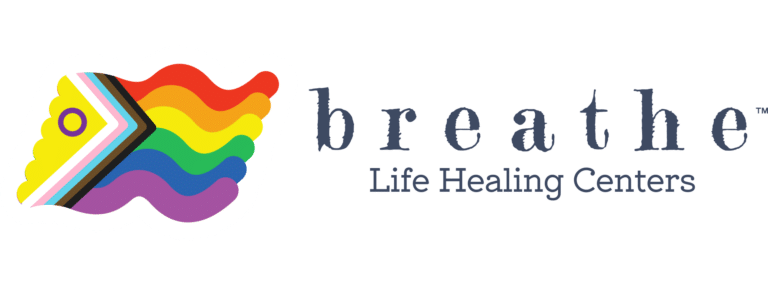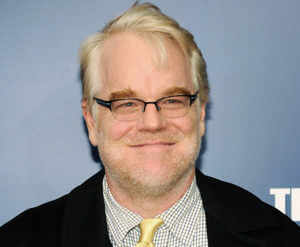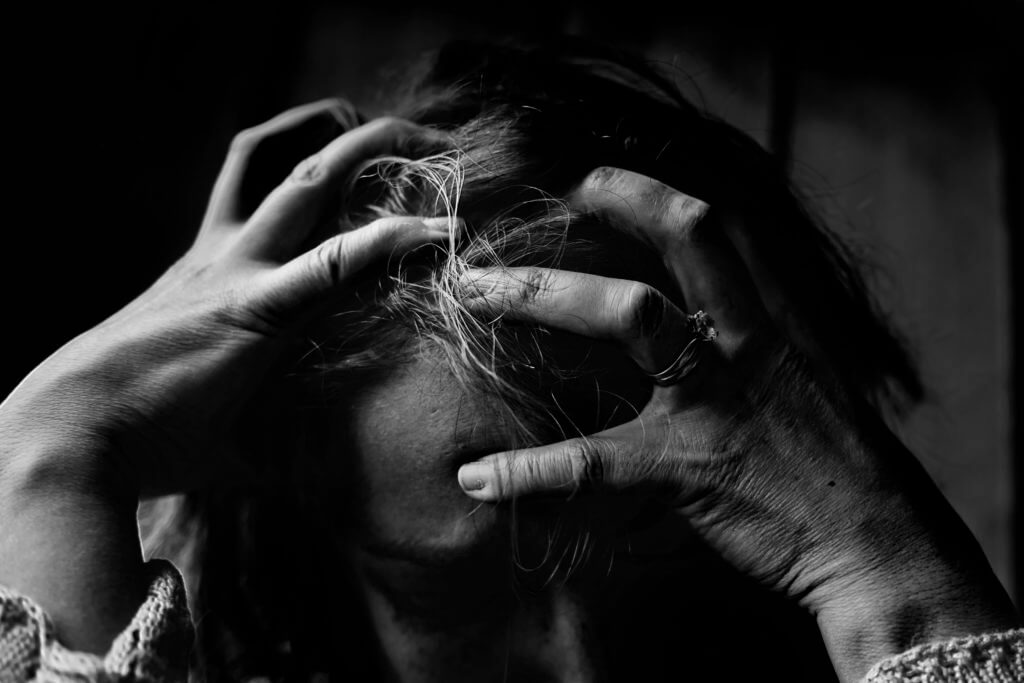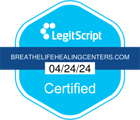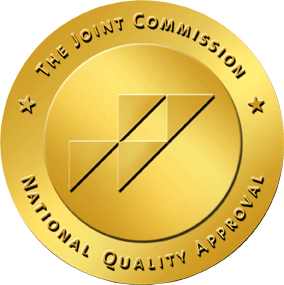Obsessive Compulsive Disorder, more commonly known as OCD, is a unique category of anxiety-related mental illnesses. The conditions that fall under the OCD umbrella all lead to obsessive and compulsive behaviors which take over our lives. Furthermore, OCD is a lifelong condition that can become extremely debilitating if left untreated. On this page, we’re going to take a look at what all of these key terms mean, then discuss the different forms of OCD and how they impact our lives.
Obsessions
In the context of obsessive-compulsive disorder, the term obsession refers to unwanted, repetitive, and intrusive thoughts, images, and urges as well. Obsessions cause a great deal of distress and we can’t easily “just stop” thinking about them, unfortunately. The most common examples of obsessions include:
Contamination
When we think of OCD, the first image to come to mind is probably someone cleaning and scrubbing away at some dirt that doesn’t actually exist. The fear of contamination is what drives this excessive cleaning behavior. Germs, fungi, dirt, contagions: for those with OCD, these things are dangerous and we must avoid them at all costs.
Contamination is a real threat, which is why it can be so hard to dispel these obsessions. It is true that contamination leads to disease; however, there is a limit to how much we really need to fear germs. If cleaning behaviors take up a significant portion of our day, stress us out, and prevent us from doing what we want in life, we might have to consider OCD.
Accidentally harming oneself or others
The fear of accidental harm can turn into a debilitating obsession, causing intrusive disturbing images and thoughts about death and injury. Oftentimes, the person will analyze one of their own actions, and end up certain that it will somehow cause harm to someone else. For example, accidental harm related obsessions might sound something like these:
What if the food I packed for my daughter is expired and she gets sick and dies because of me?
What if I accidentally bump someone off the train platform, I’d be a killer!
Symmetry and Exactness
While I think we all share a healthy affinity for precision and things arranged perfectly symmetrically, sometimes this affinity grows out of control into an obsession. For individuals suffering from this type of obsession, a disordered and messy environment equals torture. The urge to correct the imprecision is overwhelming and can prevent us from paying attention to what’s important.
Forbidden and taboo Thoughts
This type of obsession generally affects people who grew up in a religious, or a very morally strict household. From an early age, we are conditioned to believe that certain thoughts, images, and urges are bad, or sinful. When we grow up, sometimes as early as childhood, these beliefs can turn into obsessions. “Bad” thoughts will pop up uncontrollably, causing the individual to feel guilty and upset.
Compulsions
Obsessions are the disturbing thoughts that put us into a fearful, and upset emotional state. In order to relieve that tension, OCD sufferers develop compulsive behaviors related to their obsessions. Occasionally performing these behaviors is OK, but for those with OCD they can take up hours of the day and start to rule our lives.
- Excessive cleaning
- Repetitive hand washing
- Disinfecting everything
- Rearranging, sometimes over and over again
- Religious or moral rituals to punish forbidden thoughts
- Repetitively checking and rechecking dangerous objects, like the kitchen stove or a hot iron.
Cleaning, rearranging, things in perfect order, and performing specific rituals can temporarily quiet our fears about contamination, disorder, and harming others. In this way, OCD resembles an addictive behavior style because we are using compulsions like drugs to cope with negative emotions. However, like drugs, compulsions are not a healthy coping mechanism and do not address the underlying issues.
The 5 Diagnoses in the Obsessive Compulsive Disorder category
1. Obsessive Compulsive Disorder, OCD
The general OCD diagnosis includes obsessions and compulsions of various themes and therefore, it’s the broadest diagnostic label. Obsessions are disturbing and repetitive unwanted thoughts, and compulsions are the repetitive behaviors we use to soothe the obsessions. OCD can manifest in many different ways. One of the most common ways OCD is expressed is through an obsession with cleanliness and hand washing.
2. Body Dysmorphic Disorder
This condition causes an individual to become obsessed with some perceived flaw in his or her appearance. They may spend hours fussing in front of the mirror and feel insecure in all other areas of life. Body dysmorphic disorder and disordered eating tend to occur together, as well.
3. Hoarding Disorder
This type of anxiety occurs when someone is fearful and anxious about throwing anything away, and those affected tend to accumulate massive amounts of what looks like useless junk. Experts suggest that hoarding is a disordered way of coping with a traumatic loss. The hoarding behavior might a way of keeping treasured things near, to preventing loss from happening again.
4. Trichotillomania
Sometimes we refer to trichotillomania as the hair pulling disorder, because that is its characteristic behavior. Obsessions revolve around the hair, specific types of hairs, and identifying “bad” hairs to remove. Not surprisingly, the main feature of this disorder is the uncontrollable urge to pull and pick at hairs on the body. As a result, the disorder can lead to visible bald spots and permanent hair loss.
5. Dermotillomania, also known as Excoriation Disorder
Like trichotillomania, this disorder involves obsessions about the hair and skin and compulsive picking and pulling. However, those with dermotillomania feel compelled to pick the skin rather than the hair. Therefore, obsessions tend to revolve around skin conditions, pimples, ingrown hairs, and clogged pores rather than hairs. In addition to the emotional symptoms of trichotillomania, people with this condition can develop permanent scarring and damage. They are at risk of developing dangerous infections, as well.
Get Help For Your OCD Today at Breathe Life Healing Centers
If you believe that Obsessive Compulsive Disorder is affecting you or someone you love, please reach out to us at Breathe Life Healing Centers. We believe everyone deserves the best treatment, and we will work with you to find a treatment plan that suits your needs.
Obsessive Compulsive disorder, more commonly known as OCD is a unique category of anxiety-related mental illnesses. The conditions that fall under the OCD umbrella all lead to obsessive and compulsive behaviors which take over our lives. Furthermore, OCD is a lifelong condition that can become extremely debilitating if left untreated. On this page, we’re going to take a look at what all of these key terms mean, then discuss the different forms of OCD and how they impact our lives.
Obsessions
In the context of Obsessive compulsive disorder, the term obsessions refers to unwanted, repetitive, and intrusive thoughts, images, and urges as well. Obsessions cause a great deal of distress and we can’t easily “just stop” thinking about them, unfortunately. The most common examples of obsessions include:
Contamination
When we think of OCD, the first image to come to mind is probably someone cleaning and scrubbing away at some dirt that doesn’t actually exist. The fear of contamination is what drives this excessive cleaning behavior. Germs, fungi, dirt, contagions: for those with OCD, these things are dangerous and we must avoid them at all costs.
Contamination is a real threat, which is why it can be so hard to dispel these obsessions. It is true that contamination leads to disease; however, there is a limit to how much we really need to fear germs. If cleaning behaviors take up a significant portion of our day, stress us out, and prevent us from doing what we want in life, we might have to consider OCD.
Accidentally harming oneself or others
The fear of accidental harm can turn into a debilitating obsession, causing intrusive disturbing images and thoughts about death and injury. Oftentimes, the person will analyze one of their own actions, and end up certain that it will somehow cause harm to someone else. For example, accidental harm related obsessions might sound something like these:
What if the food I packed for my daughter is expired and she gets sick and dies because of me?
What if I accidentally bump someone off the train platform, I’d be a killer!
Symmetry and Exactness
While I think we all share a healthy affinity for precision and things arranged perfectly symmetrically, sometimes this affinity grows out of control into an obsession. For individuals suffering from this type of obsession, a disordered and messy environment equals torture. The urge to correct the inprecision is overwhelming, and can prevent us from paying attention to what’s important.
Forbidden and taboo Thoughts
This type of obsession generally affects people who grew up in a religious, or a very morally strict household. From an early age we are conditioned to believe that certain thoughts, images, and urges are bad, or sinful. When we grow up, sometimes as early as childhood, these beliefs can turn into obsessions. “Bad” thoughts will pop up uncontrollably, causing the individual to feel guilty and upset.
Compulsions
Obsessions are the disturbing thoughts that put us into a fearful, and upset emotional state. In order to relieve that tension, OCD sufferers develop compulsive behaviors related to their obsessions. Occasionally performing these behaviors is OK, but for those with OCD they can take up hours of the day and start to rule our lives.
- Excessive cleaning
- Repetitive hand washing
- Disinfecting everything
- Rearranging, sometimes over and over again
- Religious or moral rituals to punish forbidden thoughts
- Repetitively checking and rechecking dangerous objects, like the kitchen stove or a hot iron.
Cleaning, rearranging, things in perfect order, and performing specific rituals can temporarily quiet our fears about contamination, disorder, and harming others. In this way, OCD resembles an addictive behavior style because we are using compulsions like drugs to cope with negative emotions. However, like drugs, compulsions are not a healthy coping mechanism and do not address the underlying issues.
The 5 Diagnoses in the Obsessive Compulsive Disorder category
1. Obsessive Compulsive Disorder, OCD
The general OCD diagnosis includes obsessions and compulsions of various themes and therefore, it’s the broadest diagnostic label. Obsessions are disturbing and repetitive unwanted thoughts, and compulsions are the repetitive behaviors we use to soothe the obsessions. OCD can manifest in many different ways. One of the most common ways OCD is expressed is through an obsession with cleanliness and hand washing.
2. Body Dysmorphic Disorder
This condition causes an individual to become obsessed with some perceived flaw in his or her appearance. They may spend hours fussing in front of the mirror and feel insecure in all other areas of life. Body dysmorphic disorder and disordered eating tend to occur together, as well.
3. Hoarding Disorder
This type of anxiety occurs when someone is fearful and anxious about throwing anything away, and those affected tend to accumulate massive amounts of what looks like useless junk. Experts suggest that hoarding is a disordered way of coping with a traumatic loss. The hoarding behavior might a way of keeping treasured things near, to preventing loss from happening again.
4. Trichotillomania
Sometimes we refer to trichotillamania as the hair pulling disorder, because that is its characteristic behavior. Obsessions revolve around the hair, specific types of hairs, and identifying “bad” hairs to remove. Not surprisingly, the main feature of this disorder is the uncontrollable urge to pull and pick at hairs on the body. As a result, the disorder can lead to visible bald spots and permanent hair loss.
5. Dermotillomania, also known as Excoriation Disorder
Like trichotillomania, this disorder involves obsessions about the hair and skin and compulsive picking and pulling. However, those with dermotillomania feel compelled to pick the skin rather than the hair. Therefore, obsessions tend to revolve around skin conditions, pimples, ingrown hairs, and clogged pores rather than hairs. In addition to the emotional symptoms of trichotillomania, people with this condition can develop permanent scarring and damage. They are at risk of developing dangerous infections, as well.
If you believe that Obsessive Compulsive Disorder is affecting you or someone you love, please reach out to us at Breathe Life Healing Centers. We believe everyone deserves the best treatment, and we will work with you to find a treatment plan that suits your needs.
